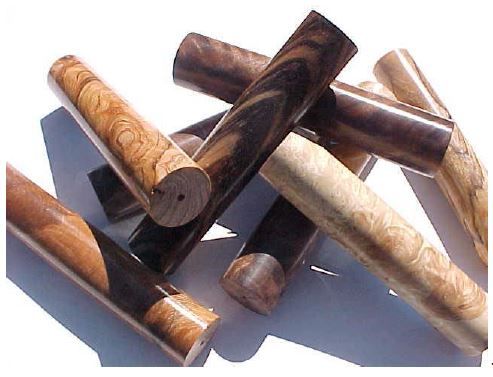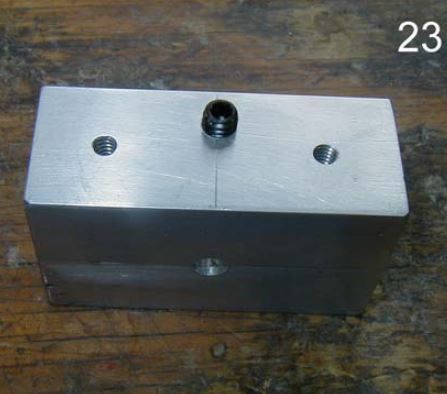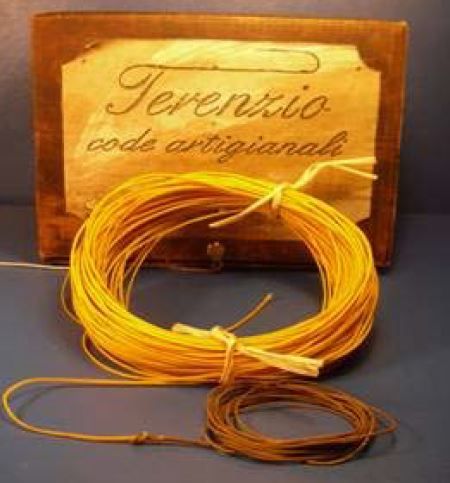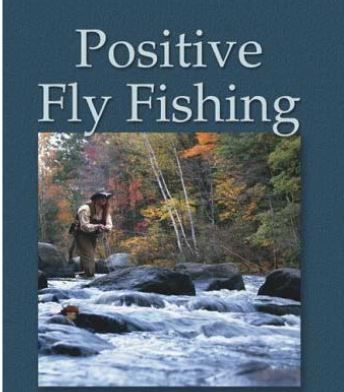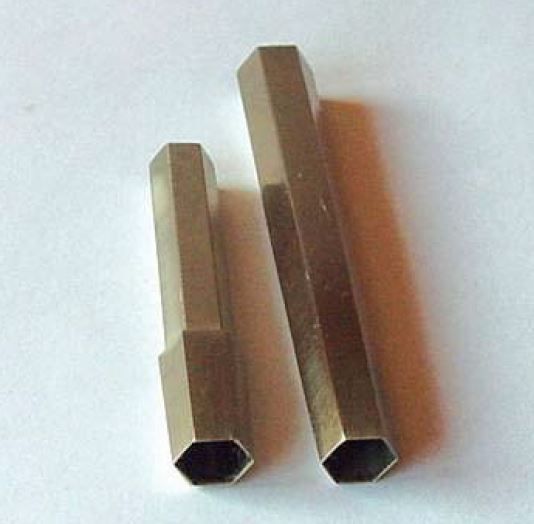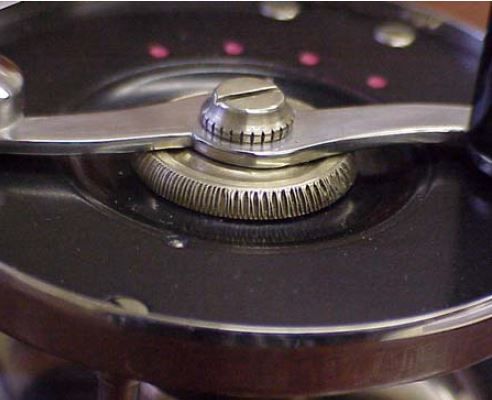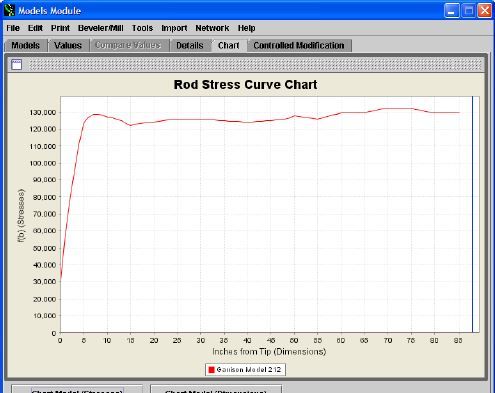
Designing a Bamboo Rod Taper
This paper was presented at SRG6 on “Designing a Bamboo Fly Rod Taper.” Now as far as I know there is very little information in print, which describes how bamboo fly rod taper design is actually done. I am going to try and explain how I went through the initial steps in formulating a set of specifications and then how the actual taper design was accomplished, with the hope that it might give others insight as to how they might apply some of these steps in formulating rod designs of their own.
This spring I made a visit to Joe Byrd, a fellow rod maker who lives in Kingsport, TN. I live in Knoxville, TN. Some of you may know of Joe...
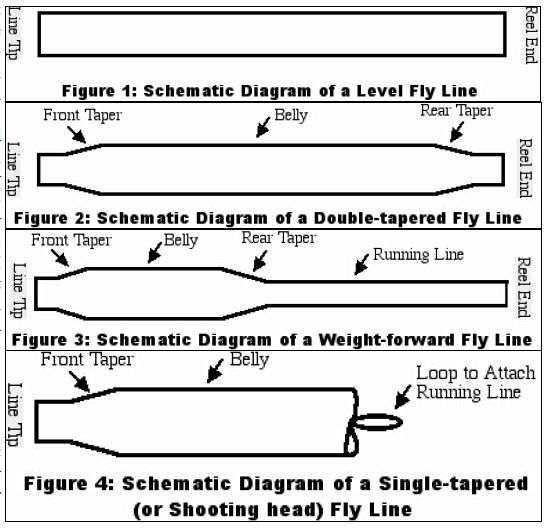
Comparing Various Fly-Fishing Lines
We can either purchase or make tapered leaders for fly-fishing, but we cannot easily make a tapered fly line. Since fly lines are relatively expensive to buy, we should become savvy shoppers by learning about fly line design. This article attempts to describe types of lines, their advantages and disadvantages...

Forms Tune-Up
There comes a time when one needs to do some maintenance on your forms. You may sense that something is wrong but can’t put your finger on it or you may say to yourself, “I wonder if I should do something about those nicks and scrapes?” Check out and tune-up your forms.
To start, disassemble your forms, clean and reassemble. Now, let’s do the checkout. Close the forms and using a 60° tip on your Dial Indicator...
